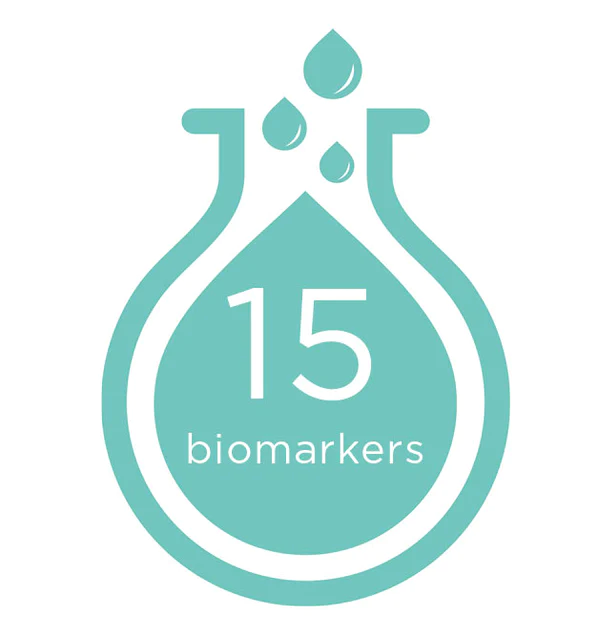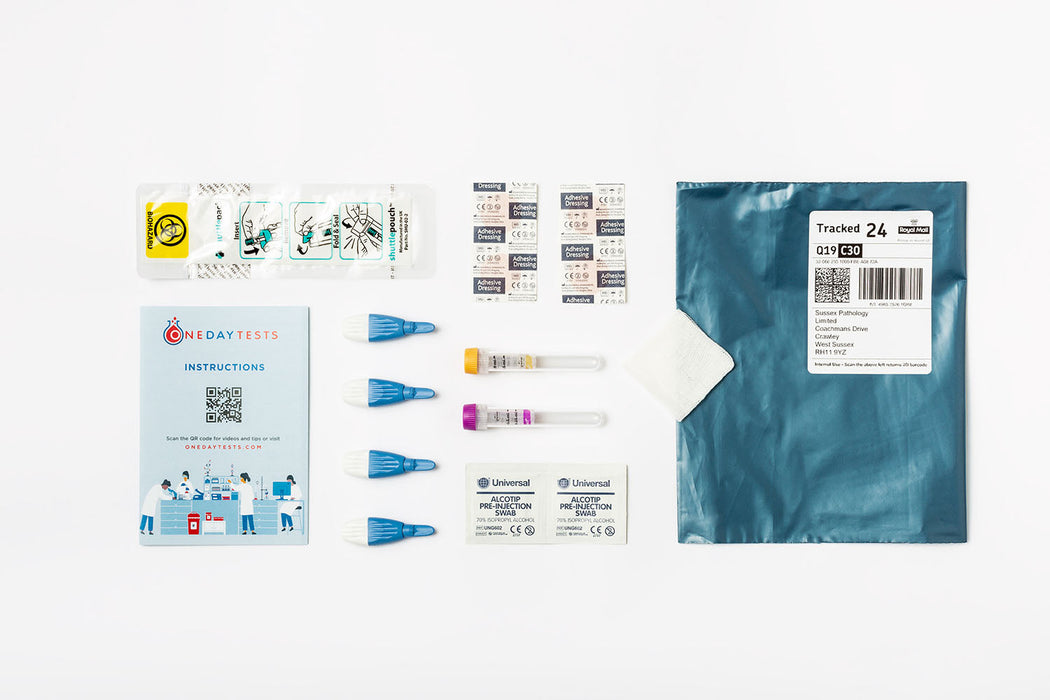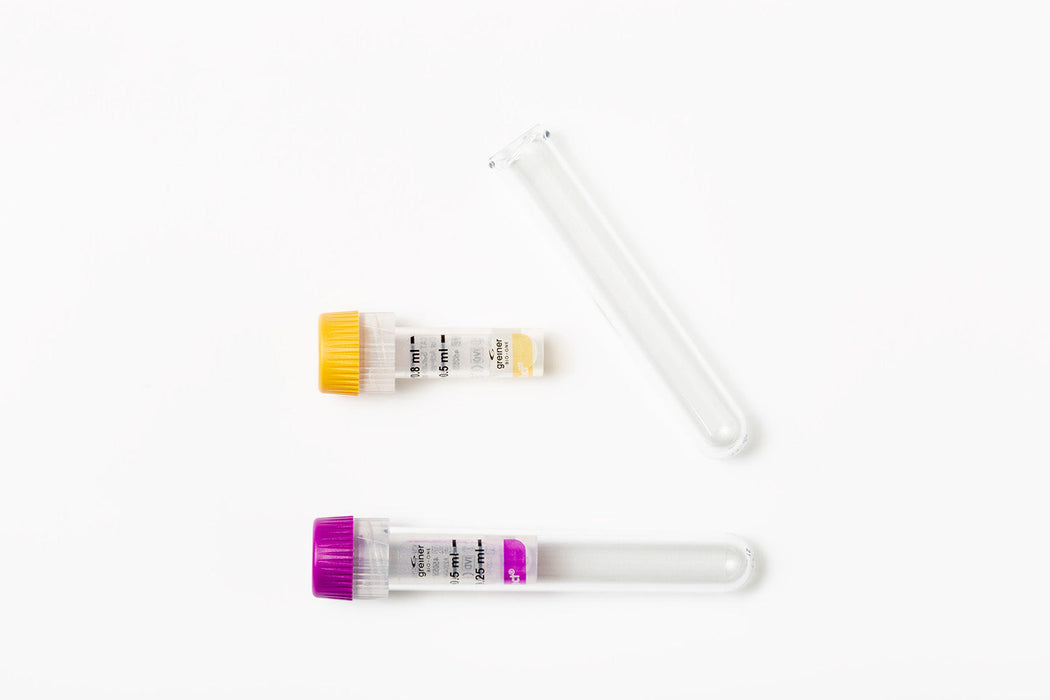What is it?
Hematocrit (HCT) is a measure of the proportion of your blood that is made up of red blood cells. Red blood cells are important because they carry oxygen through the body. HCT values that are higher or lower than the reference ranges may be signs of blood disorders or other medical conditions.
Interpretation
Haematocrit is a measure of the proportion of your blood that is made up of red blood cells. Haematocrit may be raised due to smoking, time spent at high altitude, dehydration, or a blood disorder called polycythaemia rubra vera. Low haematocrit is another marker of anaemia.
Reference ranges
If your indicative HCT count is lower than the reference range for our laboratory:
This can be a sign of iron deficiency, folate deficiency or vitamin B12 deficiency.
It can also be a result of blood loss.
If your HCT is low, we suggest speaking to your GP about the need for further investigations to find the cause of low HCT.
If your indicative HCT count is higher than the reference range for our laboratory:
This may be due to dehydration but is also seen amongst smokers, people with underlying lung or heart conditions, and sometimes in people with a blood condition called polycythaemia vera where the body produces too many red bloods cells.
If your HCT is high, we suggest speaking to your GP about the need for further investigations to find the cause of high HCT.




















